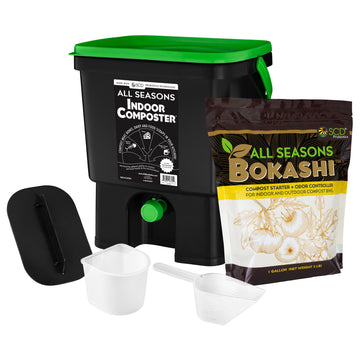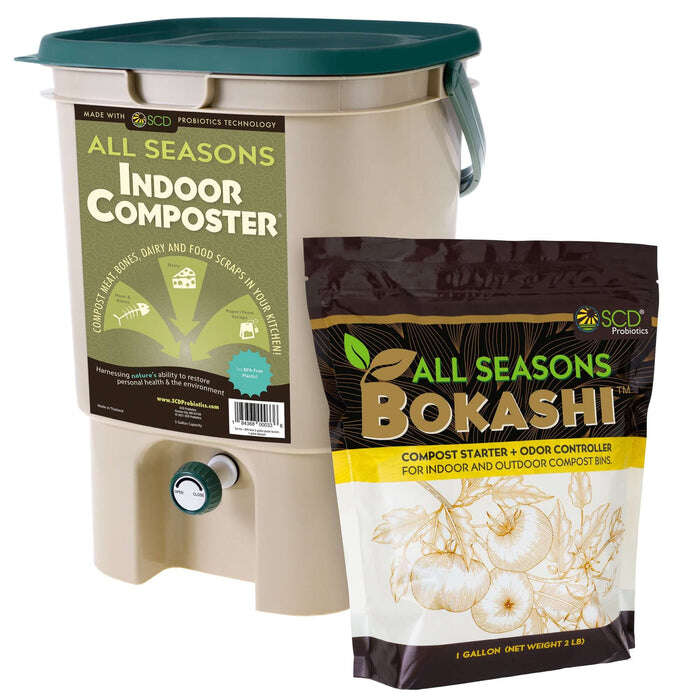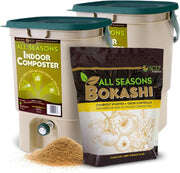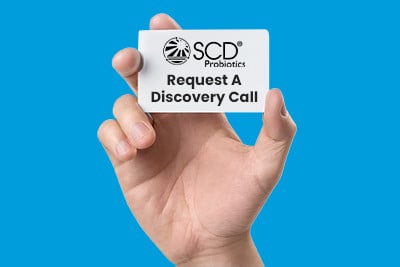There are many composting systems out there to choose from, but for both probiotic reasons and ease of use, we're partial to the bokashi compost bin method.
What Is Bokashi Composting?
The bokashi composting system is the perfect, probiotic-powered set up to help you ferment your organic waste before transferring it to your outdoor compost bin, garden soil, or curbside pick-up. This means you can now start the composting process after every meal or snack (without having to run outside), turn would-be waste into compost quicker, retain more nutrients for your compost, keep composting going even through winter, and reduce stinky odors and flies. All good things!
Plus if it’s compost tea you’re after, our bin’s kitchen-friendly design combines two innovative features—a strainer and a spigot—that allow you to drain a nutrient-rich compost tea, making accessing this powerful plant fertilizer easy and far less messy than making it outdoors.
As you get started, here are a few quick tips to help you understand how to use this new composting method.
You Can Never Add Too Much Bokashi
As a good rule of thumb, there’s no such thing as too much Bokashi, because Bokashi Compost Starter helps speed and spur the natural decomposition process. It’s better to add more Bokashi than too little to help ensure your waste breaks down.
What If There’s No Compost Tea?
Several factors affect the quality of compost you get from your bucket. One of the amazing things about Bokashi composting is that you can compost difficult-to-decompose materials, like meat and cheese. Sometimes, though, if a lot of meat, cheese, paper, or other hard-to-decompose or absorbent materials get put into the bucket, it will not produce compost tea readily. You will need to add more All Seasons Bokashi (again, you can never add too much!). You can also try to add more fruits or vegetables, which naturally contain more liquid.
It might also be that you're not getting any tea because the spigot may be clogged with Bokashi or organic material. We recommend adding a layer of food or organic scraps to the bottom of your bin first, then dusting that layer with Bokashi. By adding your organic scraps first, before your Bokashi, will help prevent the Bokashi from falling through the strainer and clogging the spigot.
Additionally, the ambient room temperature may affect how quickly tea is produced. In cooler conditions, it may take several weeks for tea to collect at the bottom of the bucket. In warm environments, it may take less than a week.
Lastly, you may have more liquid than you think and merely need to tilt the bucket forward in order to drain it.
And if you’re still not getting any compost tea, but you’re looking for a way to feed your plants with all that nutrient- and microbe-rich goodness, you can try our SCD Bio Ag—which is like having a supply of quality-controlled compost tea at your fingertips, at all times.
I Think My Bokashi Compost is Growing White Mold
If you see something growing that looks like fuzzy, white mold, no need to worry—it’s actually not mold at all, but a beneficial filamentous bacteria. This is a good sign! These bacteria are helpful to the decomposition process.
If there is black, green, brown or yellow mold, but your bokashi compost doesn’t smell rotten, simply add more Bokashi to encourage the good bacteria. If your food scraps are covered in black, green, brown, or yellow mold and the bucket smells rotten, you can add even more Bokashi. As a last resort, you may need to discard the food scraps and try again with a fresh batch. Your bucket should have a slightly sweet and pickled smell (like sauerkraut, kombucha, or, well, pickles) as it ferments.
After the Bucket is Filled Up, It’s Time to Compost!
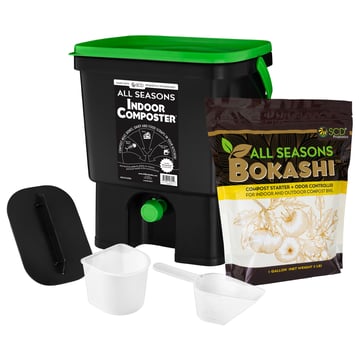 When your All Seasons Indoor Composter is full, it’s ready to transfer. First, drain all compost tea. Then, you have a few options:
When your All Seasons Indoor Composter is full, it’s ready to transfer. First, drain all compost tea. Then, you have a few options:
- You can bury the compost directly in soil or a planter box for further breakdown.
- You can add it directly to your outdoor compost bin. If using an open compost system, add to your compost pile and re-cover.
- Or you can let it sit in the composter for 1-2 additional weeks prior to burying it directly in soil, collecting compost tea while fermentation continues. Some of our customers use two buckets, so that while one is full and fermenting, they still have one to put their compostables in.
- You can double-check with your provider, but most curbside compost pick-up services accept Bokashi-treated materials.
The most important thing to remember is that, even for seasoned gardeners and composters, this is a new approach to composting. Don't be afraid to experiment with it until you get a feel for how the bokashi composting process can work for you.




